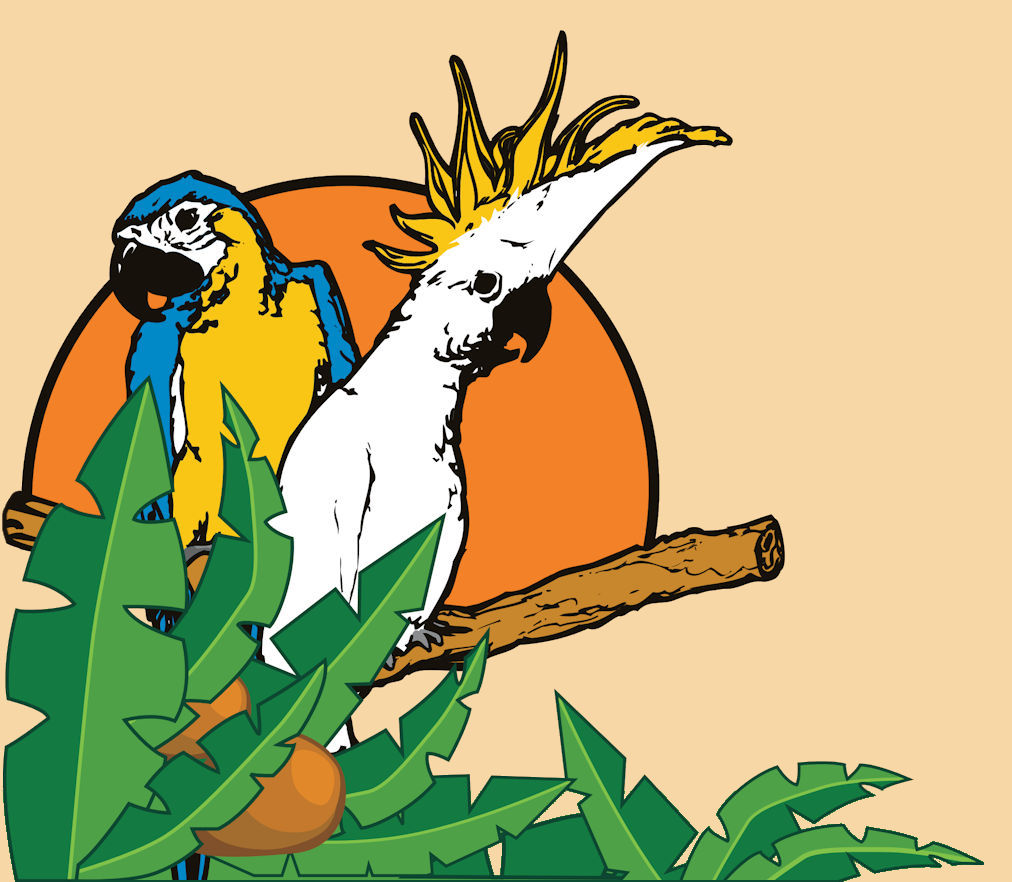Cages can be a big investment and choosing the right cage can be a tough decision, so it is important to make your purchase last. Cages are now powder-coated to protect the metal underneath and to give the cage a nice finish. Typically the more frequently you wash the cage, the more exposure it has to water, which can lead to rust. But, it is important for your bird’s health AND yours to keep the cage clean and sanitary, so try these cage cleaning tips:
- Avoid power-washers which may be too strong and can chip or damage the powder-coating; or opt for a lower setting.
- If you wash your cage frequently, or if it is a necessity due to an extra-messy bird, dry the cage quickly by toweling off the excess water.
- If your cage does not need frequent washing, opt for “spot-cleaning” areas and only washing the grate and tray. For the rest of the cage, use a lightly damp rag to wipe off the dust and dander.
- The largest area of damage tends to be on trays. Bird droppings are acidic and over time can wear through the powder-coating. Cut a piece of plastic to the size of your tray and use papers or bedding on top of the plastic.
- Change papers or remove soiled / wet bedding daily. If left for long periods of time, moisture from the droppings can cause the powder-coating of the tray to bubbling and rust.
- Avoid using harsh metal wire brushes for scraping and cleaning. Instead use Poop-Off to help break down droppings and use plastic bristle scrubbers or sponges.
- The smaller the mess, the smaller the task- don’t wait until droppings are caked on like concrete. Each night take just a few minutes to wipe up messes with a damp paper towel.
- Don’t store unused cages outside. Over time, moisture in the air and UV from the sun can damage the powder-coating.
